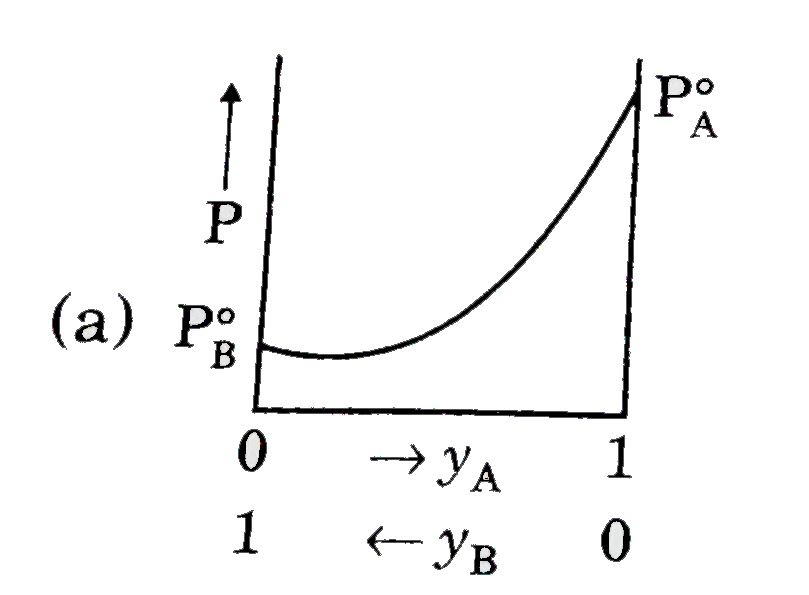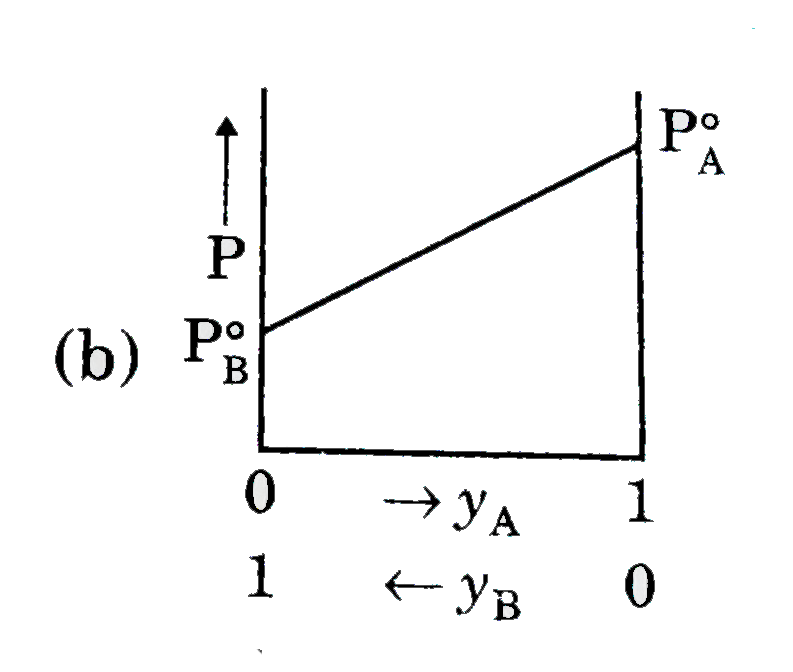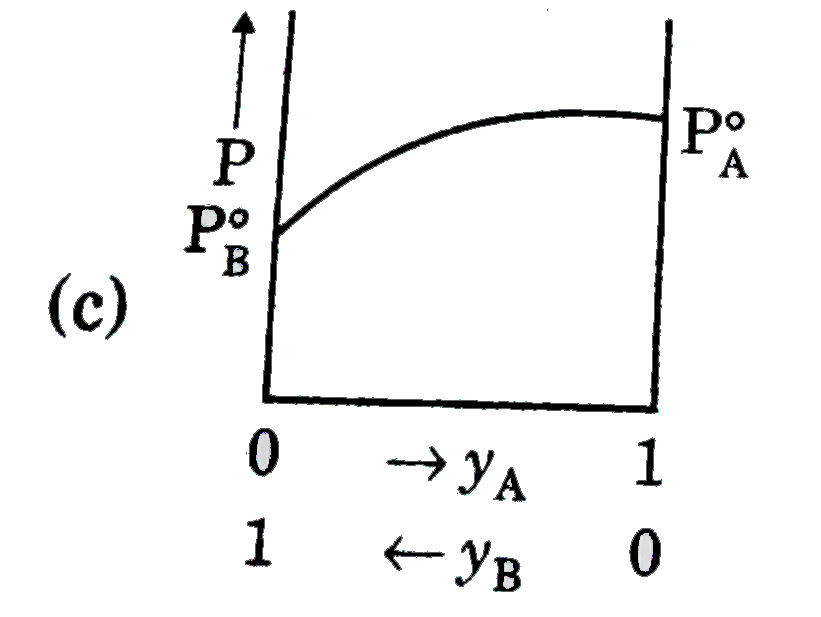Which of the following relationships between partial pressure , volume and temperature is correct ?
(i) P=nRTV
(ii) Ptotal=P1+P2+P3
(iii) Ptotal=(n1+n2+n3)RTV
(i) and (ii)
(i) and (iii)
(ii) and (iii)
(i) , (ii) and (iii)
The correct Answer is:D
Step by step video, text & image solution for Which of the following relationships between partial pressure , volume and temperature is correct ? (i) P = (nRT)/(V) (ii) P_("total") = P_(1) + P_(2) + P_(3) (iii) P_("total") = (n_(1) + n_(2) + n_(3)) (RT)/(V) by Chemistry experts to help you in doubts & scoring excellent marks in Class 11 exams.
Topper's Solved these Questions
- BOOK - NCERT FINGERTIPSCHAPTER - STATES OF MATTER EXERCISE - Kinetic Energy And Molecular Speeds4videos
STATES OF MATTER
- BOOK - NCERT FINGERTIPSCHAPTER - STATES OF MATTER EXERCISE - Kinetic Molecular Theory Of Gases4videos
STATES OF MATTER
- BOOK - NCERT FINGERTIPSCHAPTER - STATES OF MATTER EXERCISE - The Gas Laws15videos
STATES OF MATTER
- BOOK - NCERT FINGERTIPSCHAPTER - SOME BASIC CONCEPTS OF CHEMISTRY EXERCISE - Assertion And Reason10videos
SOME BASIC CONCEPTS OF CHEMISTRY
- BOOK - NCERT FINGERTIPSCHAPTER - STRUCTURE OF ATOM EXERCISE - Assertion And Reason15videos
STRUCTURE OF ATOM
Similar Questions
Knowledge Check
- Question 1 - Select One
Which of the following expression represent the work done in reversible adiabatic expansion of gas. (i) w=nRγ−1(T2−T1),
(ii) w=P2V2−P1V1γ−1
(iii) w=n(Cp+R)ΔTA(i) & (ii)B(ii) & (iii)C(i) & (ii)D(i),(ii) & (iii) - Question 2 - Select One
When a liquid is completely miscible with another liquid, a homogeneous solution consisting of a single phase is formed. If such a solution is placed in a closed evacuated vessel, the total pressure exerted by the vapour, after the system attained equilibrium will be equal to the sum of partial pressures of the constituents. A solution is said to be ideal if its constituents follow Raoult's law under all conditions of concentrations, i.e., where pi is the partial pressures of the constituent i, whose mole fraction in the solution is xi and p∘i is the corresponding vapour pressure of the pure constituent. The change in the thermodynamic functions when an ideal solution is formed by mixing pure components is given by the following expression.
Δmix=G=ntotalRT∑ixiInxi ...(i)
where, ntotal is the total amount of all the constituents present in the solution.
ΔmixF=−ntotalR∑ixiInxi ......(ii)
ΔmixH=−ntotalRT∑ixiInxi−ntotalR∑ixiInxi=0 ........(iii)
ΔmixU=0 .........(iv)
Since botli the components of an ideal binary system follow Raoult's law of the entire range of the compositions, the partial pressure exerted by the vapours of these constituents over the solution will be given by
pA=xAp∘A ..........(v)
pB=xBp∘B .........(vi)
where, xA and xB are the mole fractions of the two constituents in the liquid phase and p∘A and p∘B are the respective vapour pressure of the pure constituents. The total pressure (p) over the solution will be the sum of the partial pressure. The composition of the vapour phase (yA) can be determined with the help of Dalton's law of partial pressures.
For an ideal solution in which p∘A>p∘B, the plot of total pressure (p) us the mole fraction of A at constant temperature in the vapour phase is:A B
B C
C D
D
2.nP3=n+1P3
View SolutionExamine the following plots and predict whether in (i) P1<P2andT1>T2 , in (ii) T1=T2<T3, in (iii) V1>V2,in(iv)P1>P2orP2>P1
_E01_267_Q01.png) View Solution
View SolutionFind the value of n such that
(i) nP5=42×nP3,n>4 (ii) nP4 n−1P4=53,n>4.View Solution1+i=√2(cosπ4+isinπ4)
1+ω+ω2=0,ω=e2πi3
(1+x)n=P0+P1x+P2x2+P3x3+P4x4+...+Pnxn
p1+p4+p7+...=13[2n+2cos(n−2)π3]. True or False?View SolutionFind n if .n−P3:.nP4=1:9.
View Solution(i) If nP4:nP5=1:2, find n.
(ii) If n−1P3:n+1P3=5:12, find n.View Solution

